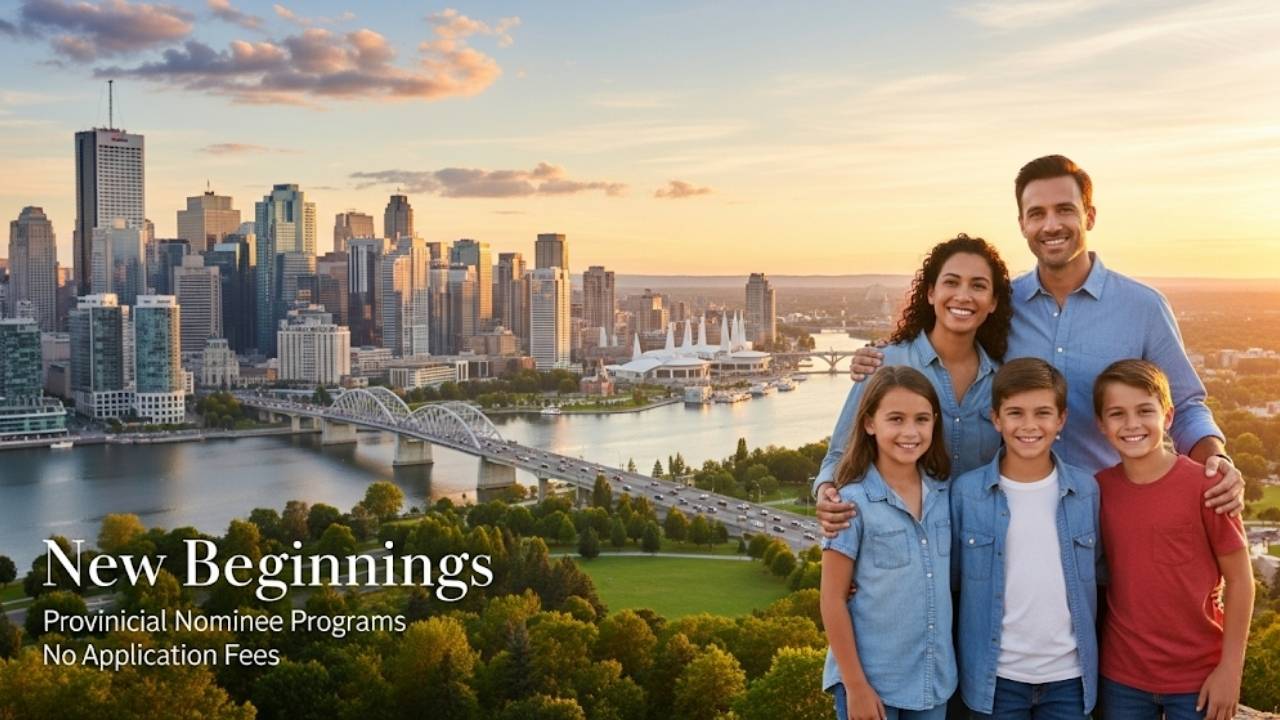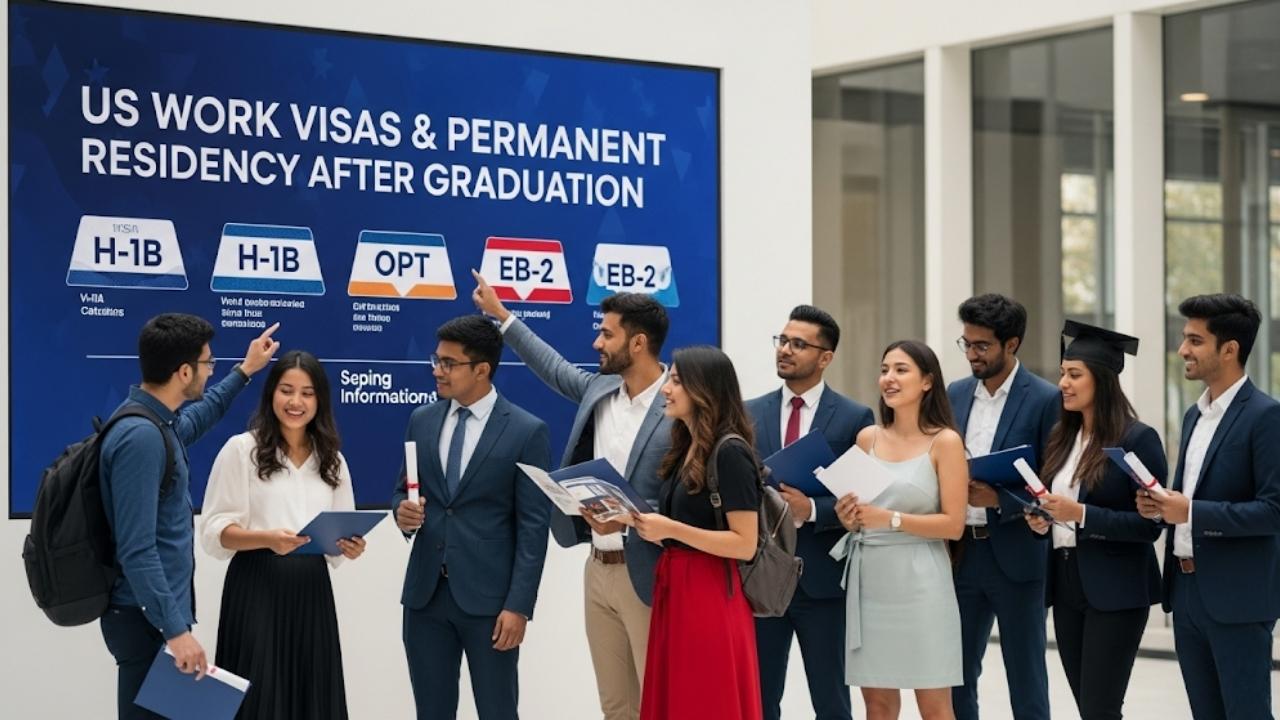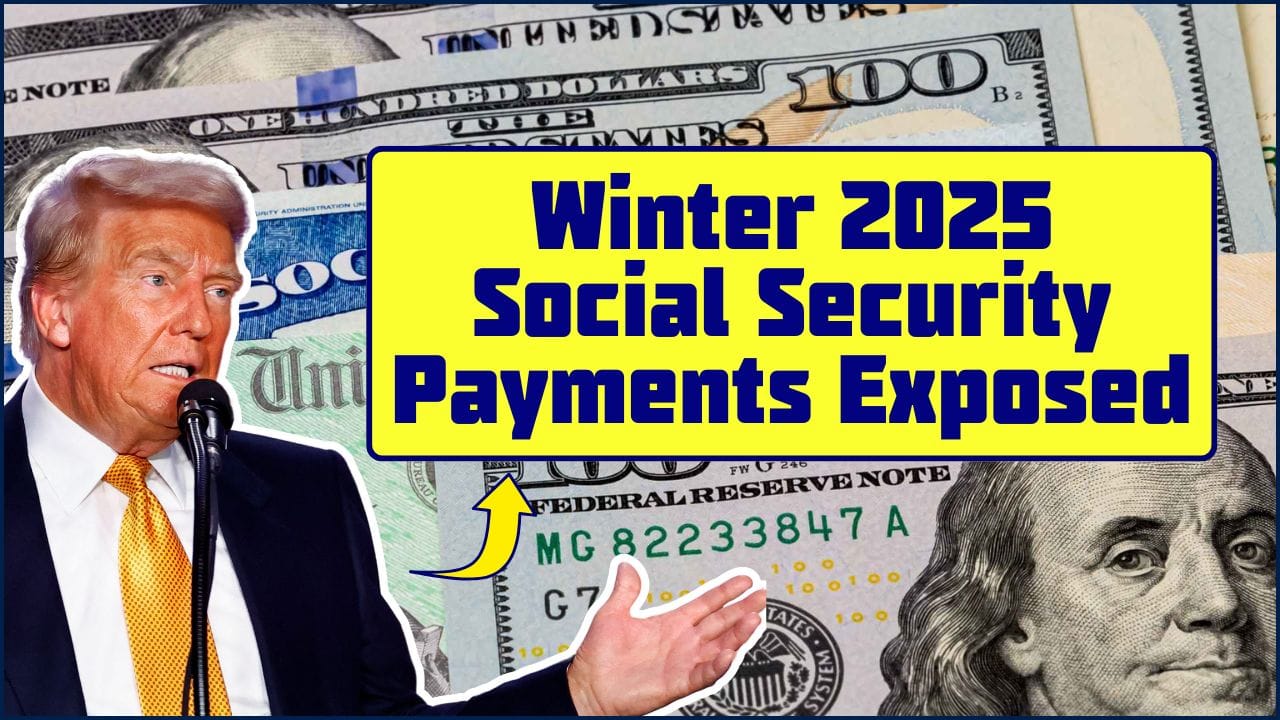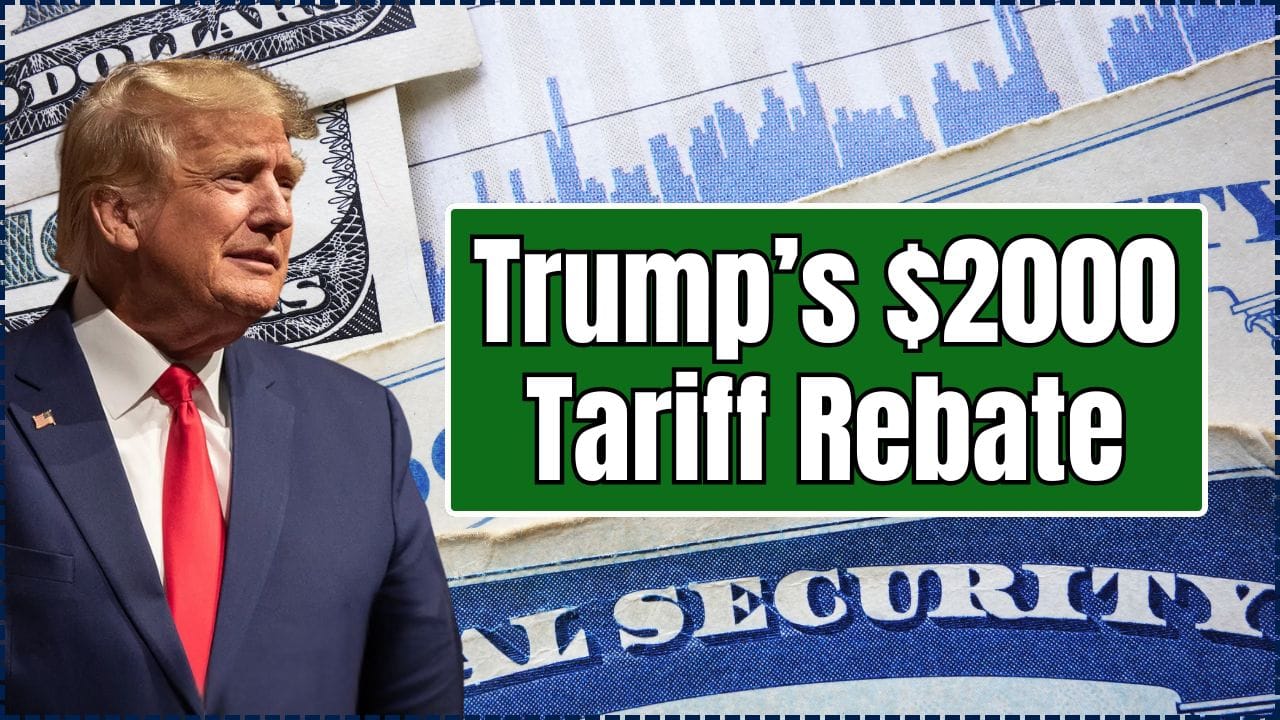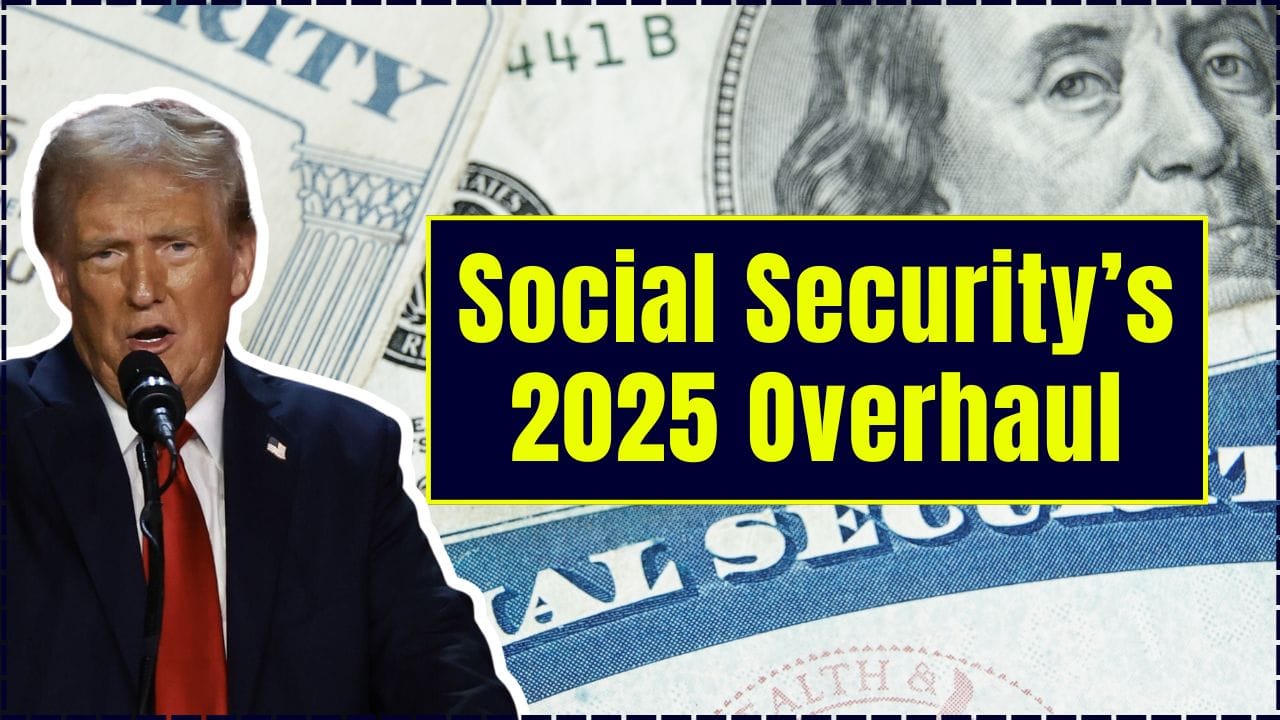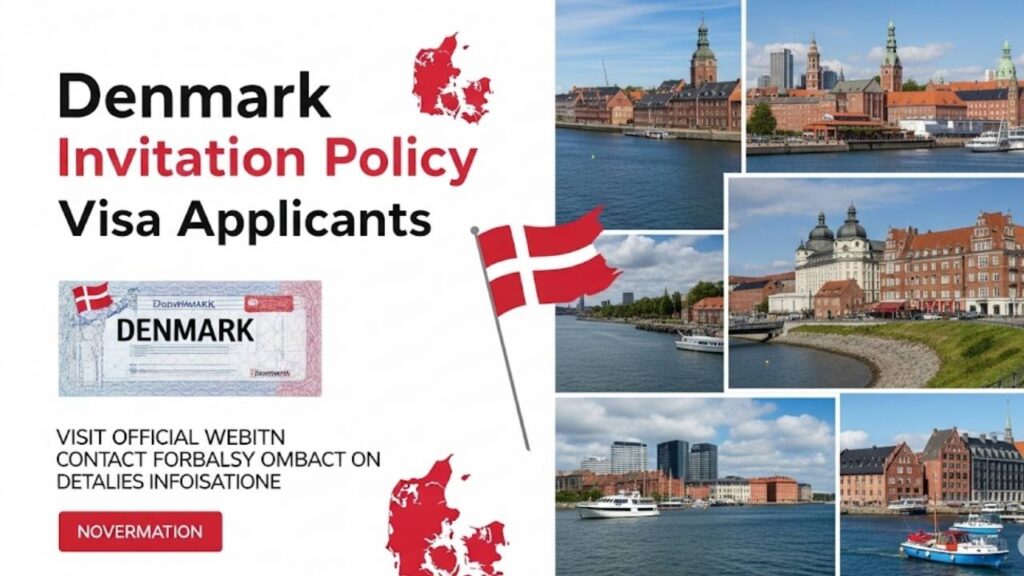
Denmark invitation of a visa applicant policy – Denmark’s approach to inviting visa applicants is designed to facilitate legitimate travel while ensuring security and compliance. The core principle remains that an invitation from a host in Denmark can significantly strengthen a visa application, often leading to faster processing times. The June 2025 revisions primarily build upon existing digital frameworks and clarify requirements, particularly concerning the type of invitation form to use and the necessary submission methods.
Why an Invitation Matters
An invitation letter or ID isn’t just a formality; it serves as a robust supporting document for your visa application. It provides concrete evidence of your purpose of visit, your intended accommodation, and who in Denmark is vouching for your stay. In my experience advising aspiring travelers, one common hurdle is the lack of clear intent or insufficient ties to the destination country. An official invitation directly addresses these concerns, assuring Danish authorities of your genuine intentions and planned activities. When an invitation is submitted, it often means the authorities don’t need to contact your host for additional information, thereby expediting the process.
Types of Invitations and Their Forms
The type of invitation you need largely depends on your purpose of visit and who is inviting you. Denmark utilizes specific forms, both online and printable, to standardize this process.
Inviting a Friend or Family Member (VU2 Form)
If you are visiting a friend or family member in Denmark for a short stay, the VU2 form is your go-to. The Danish authorities highly recommend using the online VU2 invitation form if your host has a Danish address and is registered with MitID. This digital approach is generally quicker and more efficient.
- Online VU2: Your host logs in using their MitID, fills out the form with their details, your details (full name, date of birth, nationality, passport number, email), information about your stay (accommodation, who covers expenses), and digitally signs it. They then forward an “invitation ID” to you.
- Printable VU2: If your host does not have MitID or cannot access the online system, they can use the printable VU2 form. This form needs to be filled out, signed physically by your host, and then sent to you to include in your visa application. It’s crucial to note that if you are applying through a non-Danish embassy (e.g., a Norwegian or Swedish mission representing Denmark), only the signed printable VU2 form is accepted. Online invitation IDs are not valid in such cases.
Inviting for Business or Cultural Purposes (VU1, VF2, VU3 Forms)
For those traveling to Denmark for business or cultural engagements, different forms apply, depending on the status of the inviting entity.
- VU1 (Business Visit – Not Prior-Approved Company): If the host company is not a “prior-approved” entity, they should use the online VU1 invitation form. This requires them to use MitID Erhverv (Business MitID).
- VF2 (Business Visit – Prior-Approved Company – Fast-Track): For companies that have received prior approval from Danish authorities, the VF2 form offers a fast-track option. This is also an online form, requiring MitID Erhverv, and can significantly speed up the visa processing for business visitors. This option is only available if the applicant submits their application at a Danish diplomatic mission.
- VU3 (Cultural Visits): For cultural visits, such as attending a festival or participating in an artistic event, your host (organization or individual) should use the printable VU3 form.
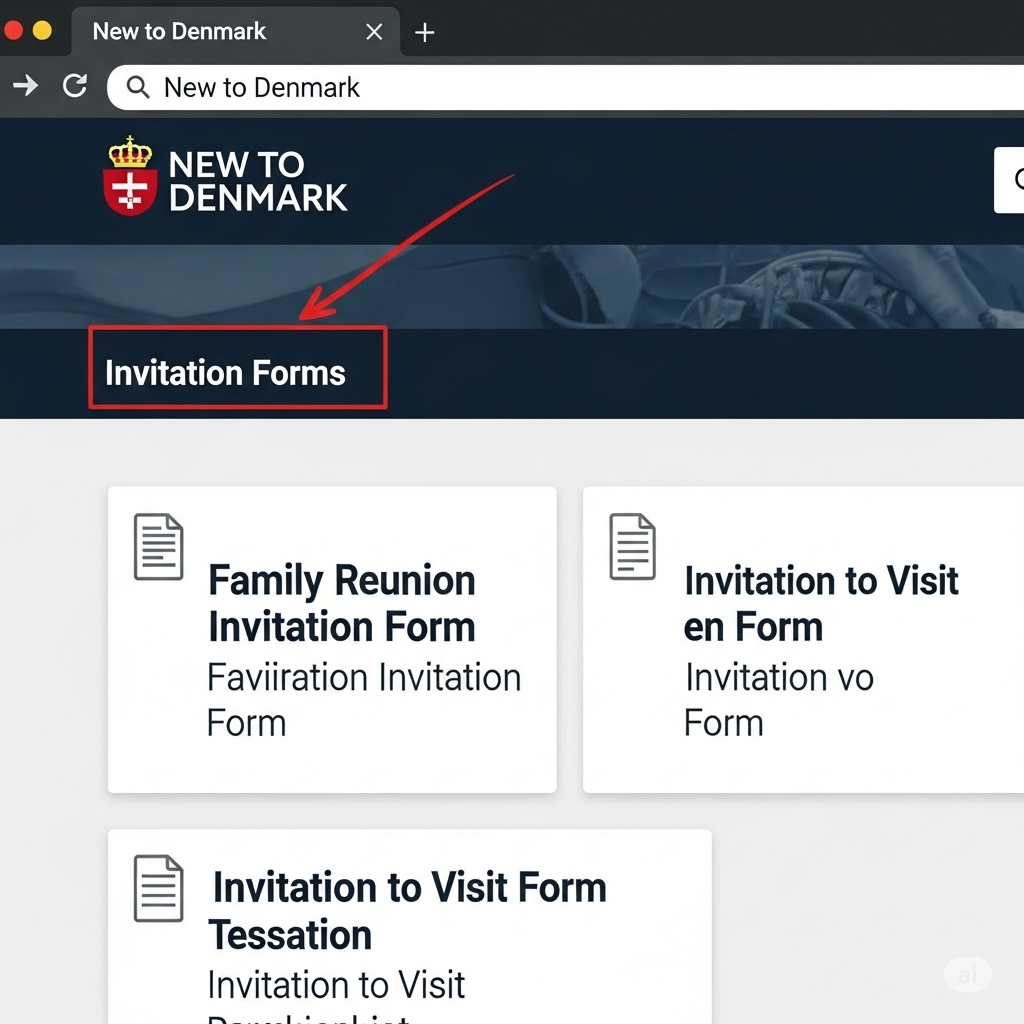
Key Considerations for Visa Applicants
As the visa applicant, your role in this process is to ensure you have the correct invitation document and understand its implications.
- One Person, One Invitation: Even if you are traveling as part of a group, each individual needs their own invitation form or invitation ID.
- Invitation ID = Fast Track (Danish Missions Only): If your host provides an invitation ID from an online form, your application can be processed faster at Danish diplomatic missions (embassies or consulates).
- Print Version Required for Non-Danish Missions: As mentioned, if you are applying through an embassy of another country that represents Denmark, you must have a physical, signed printable invitation form. Online invitation IDs are not recognized by these missions.
- Validity of Online Invitations: An online invitation ID is valid for 6 months from the date of submission by your host. Ensure you apply for your visa within this timeframe, or your host will need to submit a new invitation.
- Completeness is Key: Always include the invitation in your visa application, whether it’s the invitation ID (for online invitations) or the signed printed form. Submitting an application without an invitation, when one is expected, will likely cause delays as authorities will have to contact your host for verification.
Navigating the Application Process with an Invitation
Once you have your invitation, the rest of the visa application process follows standard procedures, but with the added strength of your invitation.
- Gather Standard Documents: Beyond the invitation, collect all standard visa documents such as your valid passport (at least three months validity beyond your intended stay, with two blank pages), proof of sufficient funds (bank statements, salary slips, or a sponsorship letter from your host if they are covering expenses), travel insurance, and a detailed itinerary.
- Complete the Application Form: Fill out the visa application form accurately. For Schengen visas, this is typically done via the ApplyVisa Portal. For long-stay visas, it’s on the Danish Immigration Service’s website.
- Book an Appointment: Schedule an appointment at the appropriate Danish embassy, consulate, or VFS Global center in your country of residence.
- Submit Your Application: Attend your appointment with all original documents, photocopies, and your invitation. Ensure everything is in order before leaving the center. You will also provide your biometric data (fingerprints and photo) at this stage.
- Pay Fees: Pay the required visa application fee and any applicable service fees.
- Track Your Application: You can usually track the status of your application online using the reference number provided. Processing times vary but generally range from 15 to 45 days for short-stay visas.
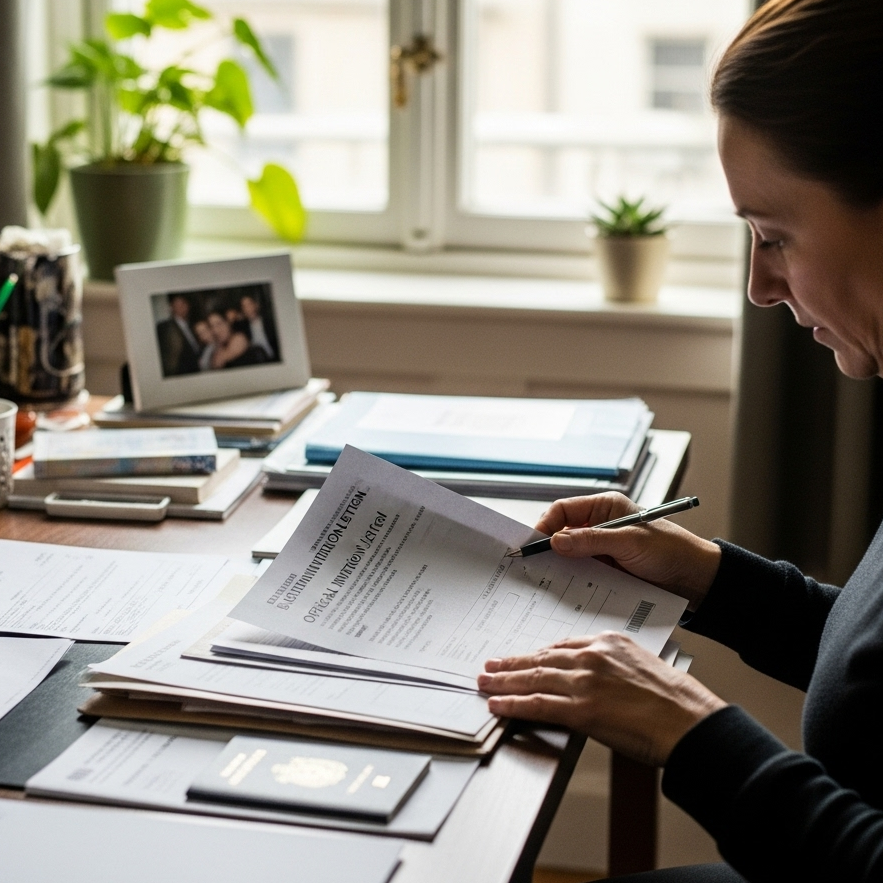
I’ve seen many successful applicants focus on meticulous preparation. This isn’t just about collecting documents; it’s about presenting a clear, coherent narrative of your visit supported by all necessary paperwork. The Danish authorities appreciate a well-organized application, as it streamlines their review process.
Recent Immigration Updates Beyond Invitations (June 2025)
While the invitation policy remains largely consistent with its digital emphasis, it’s important to be aware of other significant immigration updates in Denmark as of June 2025, which might indirectly impact visa applicants or their hosts.
One notable area of change concerns student visas and family reunification for students. As of May 2, 2025, new rules have been implemented for third-country students enrolled in non-state-approved higher education programs. These students are now generally no longer granted limited work permits, six-month job search stays after graduation, or the right to bring accompanying family members. The purpose of these changes is to ensure that residence permits are granted only to students whose primary intention is to study in Denmark. This is a significant shift that aims to prevent the misuse of student visas for indirect labor migration. However, students who applied for or were granted residence permits before May 2, 2025, retain their previous rights.
Furthermore, from July 1, 2025, there are updates regarding salary requirements for work and residence permits and the Positive Lists (lists of professions experiencing a shortage of skilled workers). The Danish Agency for International Recruitment and Integration (SIRI) will use updated Q1 2025 income statistics to assess whether job offers meet national salary standards. These updates ensure fair wages for foreign workers and align with Denmark’s commitment to maintaining its labor market integrity. This is particularly relevant if your host is a business inviting you for work-related purposes where a work permit might be a subsequent step.
Navigating US Study Visas: Your Social Media and the Path to American Education
Australia Work Visa Eligible Skill Shortage Jobs in High Demand in June 2025
FAQ
Q1: What is MitID, and why is it important for Danish hosts inviting visa applicants?
MitID is Denmark’s national digital ID, crucial for secure online identification and signing. Danish hosts with MitID and a registered Danish address can use the online invitation forms (like VU1, VU2, VF2), which are generally recommended for faster processing at Danish diplomatic missions.
Q2: Can I apply for a Danish visa online if I have an invitation?
While you typically fill out your application form online (e.g., via the ApplyVisa Portal for Schengen visas), the physical submission of your passport and supporting documents, including the invitation, along with biometric data, generally requires an in-person appointment at a Danish embassy, consulate, or VFS Global center. The invitation ID facilitates the processing but doesn’t make the entire visa application process fully online.
Q3: What happens if my host sends me an online invitation ID, but I’m applying through a non-Danish embassy?
If you are applying through a non-Danish embassy (e.g., a Swedish or Norwegian mission that represents Denmark), the online invitation ID is not sufficient. Your host must send you a physically signed, printable invitation form (e.g., VU2). Always confirm the specific requirements of the mission where you intend to apply.
Q4: Are there any fees associated with sending or receiving an invitation in Denmark?
There are no direct fees for generating or sending an invitation form itself. However, the visa applicant will still be responsible for the standard visa application fee and any service fees charged by the visa application center (e.g., VFS Global).
Q5: How long does a Danish visa invitation remain valid?
An online invitation ID from a Danish host is valid for 6 months from the date it was submitted by your host. It’s important to submit your visa application within this 6-month period.


